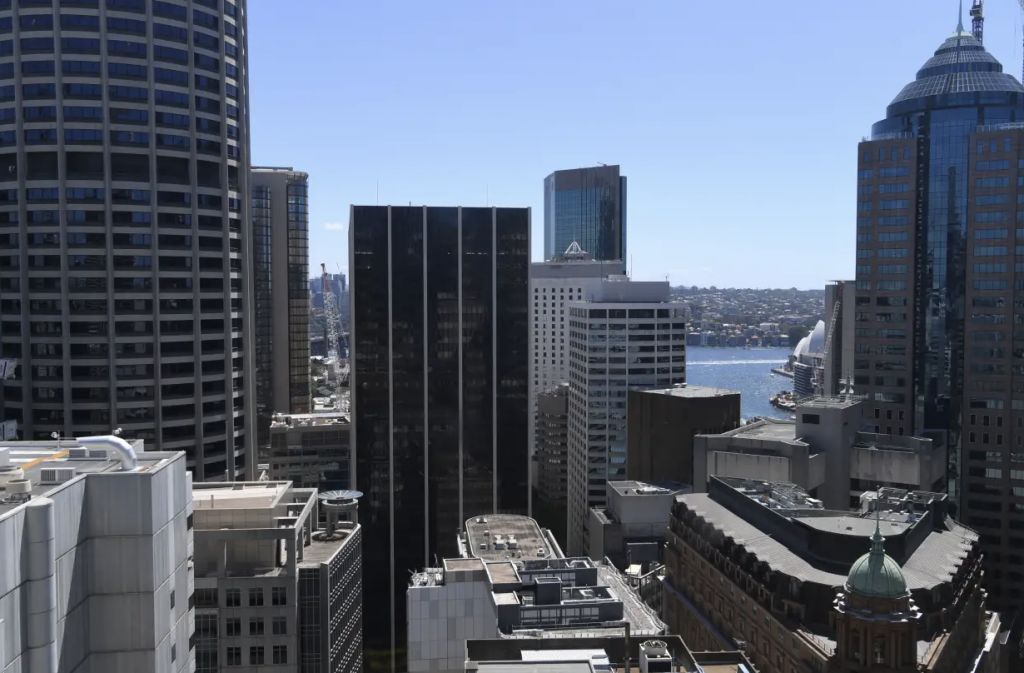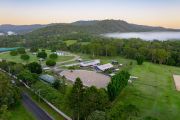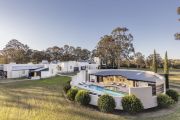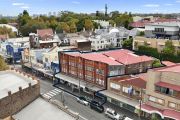
CBD office buildings lag in the national race to decarbonise
Australia’s offices are dragging their feet in the sustainability race, as just 23 per cent of buildings have NABERS ratings, putting net zero carbon targets at risk and boosting the need for both inducements and penalties to encourage retrofitting and upgrades, a new JLL report says.
Of the 4145 office assets tracked across 19 Australian markets, 23 per cent by number – and 56 per cent by net lettable area – had NABERS ratings of energy efficiency, carbon emissions, water consumption and waste production, and just 154 assets nationally had a rating of 5.5 or 6 stars at the end of June, the real estate agency said.
Emissions have come down considerably – by as much as 40 per cent over the decade to June – but the rate of change in building stock was not sufficient to meet ever-tightening goals, such as the City of Sydney’s push for net zero carbon by 2035, JLL said.
“The volume of highly rated assets is still low and the rate of change is slow,” JLL head of strategic research for Australia Annabel McFarlane said.
“Policy settings adopted overseas will be closely monitored for success and potentially adopted in Australian cities as net carbon zero target dates approach.”
Australian efforts to curtail carbon emissions got a boost with the election last year of the Albanese Labor government, which in September passed legislation to cut carbon emissions by 43 per cent from 2005 levels by 2030 and to net zero emissions by 2050.
Mainland Australian state governments also have a net carbon zero target of 2050 (ACT has 2045), but pressure to achieve these cuts is growing. The report makes it clear that apart from the inducement of meeting ever-tighter emissions standards of tenants, momentum is building for regulatory change to speed up renewal of offices, the report says.
“As Australian cities approach their own target dates, we can anticipate both carrot and stick approaches addressing the retrofit challenge to accelerate,” it says.
Sydney leads the country in assessing carbon ratings of office towers. Just under one-third (31 per cent) of all Sydney CBD office assets rated 5.5 stars and above, the report says.
In August, the City endorsed rules requiring new office and other commercial buildings to have a minimum 5.5 NABERS rating and requiring new developments to achieve net zero carbon energy use from 2026.
However, just under two-thirds (62 per cent) of Sydney CBD’s office stock was more than 30 years old and existing structures would also be required to improve efficiency and reduce their carbon footprint under new measures, said JLL, estimating that by 2031 the proportion of CBD stock rated 5.5 stars or more would rise to 45 per cent.
“This means that 55 per cent is still not highly rated and 1.27 million square metres of stock will be unrated or below four stars,” JLL said.
“That’s still 23 per cent of the market consisting of poorly credentialed or unrated assets which will not be aligned with the city’s net zero target.”
The City of Melbourne has set a net carbon zero target of 2040 and with just 28 per cent of all Melbourne’s CBD stock rated 5.5 stars or above, new design standards were expected to mandate greening and attainment zero carbon emissions through the planning scheme, JLL said.
“We estimate that circa 2.8 million square metres of Melbourne’s CBD stock is less than NABERS 5 stars or unrated, which is more than in any other CBD market,” said JLL’s Victoria managing director Craig Shute. “More stock will need to be upgraded per year and at a faster rate than in the past.”
In Brisbane, 24 per cent of CBD stock is rated 5.5 stars or above, with Canberra at 17 per cent, Perth 15 per cent and Adelaide 14 per cent, the report says.











